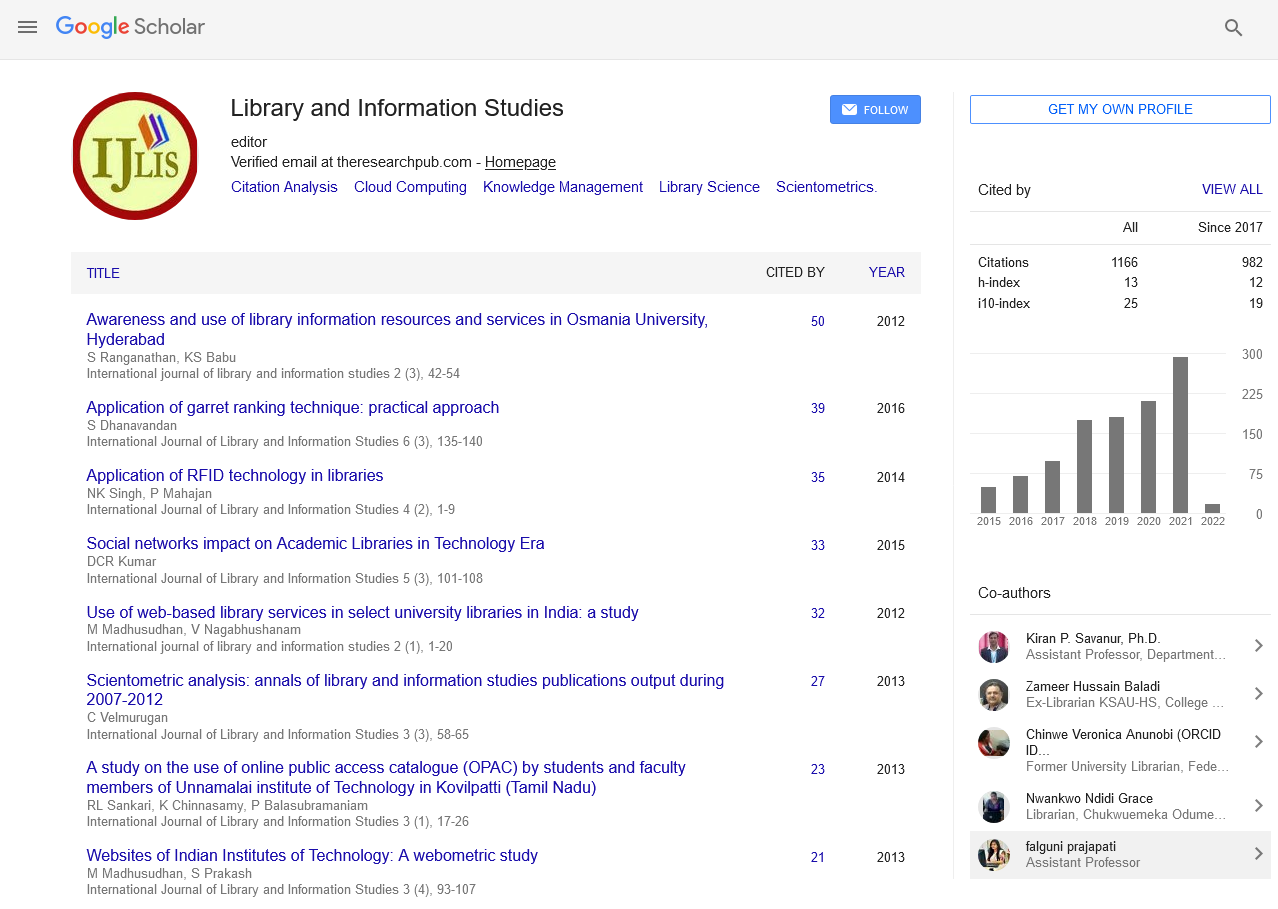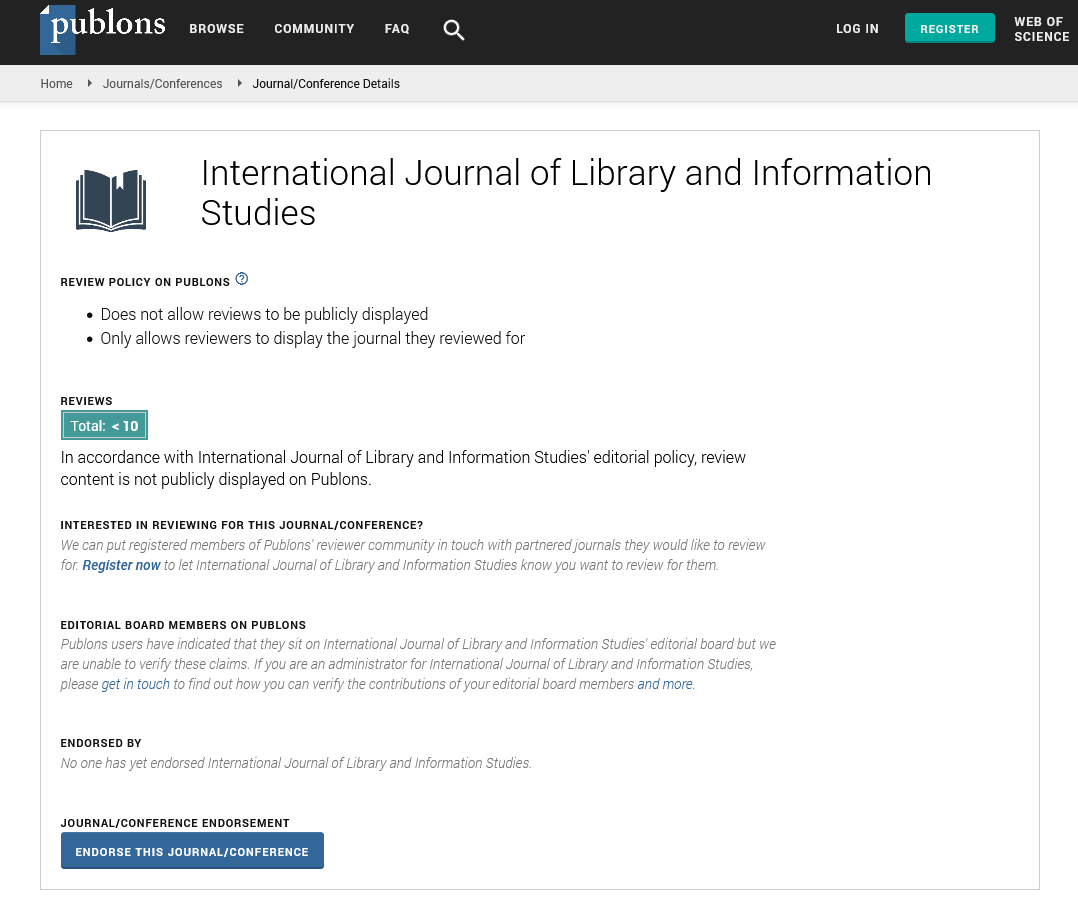Review Article - (2022) Volume 12, Issue 4
Review of Information Management in the Post-Epidemic Era
Xuewen Gui1*, Evance Mulashani Bonephace2* and Pengqiang Liu3Abstract
This review is a rapid review that reviewed the information management approach in the post-epidemic era (COVID-19). Information being a strategic resource, organizations today have fallen into a profound depression of losses and stalled progress in their economy because of the COVID-19 impacts. In business, realizing how important it is to "know what they know" and being able to make maximum use of information is a turning point and adds value in the post-epidemic era in decision-making. Companies’ resumption to a "normal" way of life of performance and the development of its growth need qualitative change of information management strategies in all activities in companies to attain effective. Changes needed be to adopt are information remote access, automation of information management, information security with usability, proactivity audit and review information management systems, and the advancement of innovation. Companies need to adopt a system theory and to equip its services in electronic systems. These strategies are useful to information management team, organizations and companies that need to achieve high in production with means of information. In an economically competitive world, meeting customers’ needs and managing information enhance the market survival of companies. Success in electronic information management in an increasingly competitive marketplace and network depends on the quality and effectiveness of the information management systems.
https://aermech.com https://world-oceans.org https://lline.net https://apecu.org https://febayder.com https://johnbirch.org
Keywords
COVID-19, Automation, Information Management, Innovation, Post-Epidemic Era.
Introduction
Information means organized and communicated data. Daily generated companies’ reports resulting from customers’ queries and demand create an intelligent database of information by Jacques in 2001. Since 2019, the world has passed through different COVID-19 phases, which has affected information resources (Alavi, 2001). The world has witnessed the collapse of information evolution of what used to be basic information management techniques and tools into a complex and wide-ranging organization management system and control of information. In an epidemic era, companies and businesses tend to be limited in their ability to acquire, create, organize, distribute, and use information. With lockdown introduced to the whole world, few companies have been able to manage the procurement information, business configuration information, deployment information, market information, customer information, and financial information. In the Epidemic Era, companies face a shortage of information due to the closed system of customers’ circulation to access services physically. The failure of a company's information infrastructure to provide effective and sufficient creation, usage, managing, access, and delivery of appropriate information totally leads the company into frustrated efforts to capitalize on its base of information. According to Nonaka (1991), disorganized automation efforts, unilateral commitment to mainframe-based applications, incompatible proprietary hardware platforms, disparate software, and inaccessible information do not satisfy the need for information systems to be an essential, indispensable, and strategic component of service delivery and no longer satisfy the business and service goals of many organizations in the post-epidemic era (Nonaka, 1991) (Figure 1).
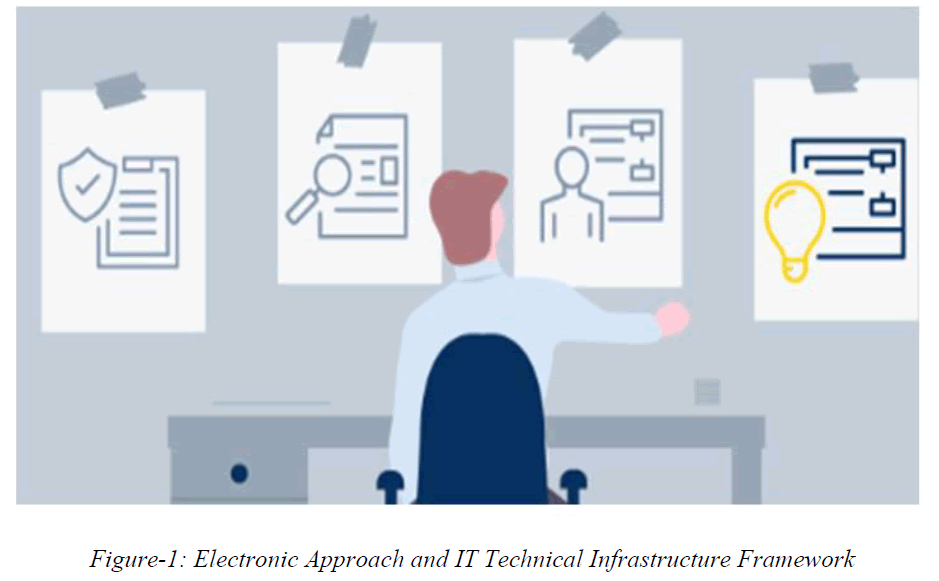
Figure-1: Electronic Approach and IT Technical Infrastructure Framework
According to Masthan, Kumar, and Prasad (2013), long-term strategic plans on electronic approaches and IT technological infrastructure for acquiring, creating, organizing, distributing, delivering, marketing and using information are essential (Masthan, et al., 2013). The strategies must enable successful market fulfillment of consumer demands and needs; a rapid reaction to changing organizational structures; and the construction of a pleasant open system that adheres to industry principles through the adoption of e-commerce for product distribution in conjunction with user-friendly software and information system. Electronic organization systems improve the redesigning process and allow organizations and customers to adapt swiftly to changes. Organizations in post-epidemic era need to providing simple and adequate daily operationalization systems, as well as understanding the value of data as a corporate resource.
Review of Literature
Xuewen Gui (ORCID: 0000-0002-3146-1104), Professor, PhD, guixuewe@mail.ccnu.edu.cn; Evance Mulashani Bonephace (ORCID: 0000-0002-1235-7416), Assistant Librarian, Master, evancebonephace@yahoo.com; Pengqiang Liu (ORCID: 0000-0001-8701-156X), Librarian, Master.
Information in post epidemic era
COVID-19, in fact, resulted with several challenges to the information department in organization. The imposed challenges have a significant influence on the company's development tend. The world is attempting to invest in epidemic outcomes by utilizing information technology via the IT department (Office for National Statistics, 2020). The usage of modern information technology will result in a change from a predominantly officebased work environment to telecommuting system with predominately-remote work environment. Interconnected systems in information management in post epidemic era is expected to improve wonderful scenarios by utilizing information management pre-system tools to set up remote access, train, and provide endless-user assistance in an adequate environment (Bateson, 1979) (Figure 2).
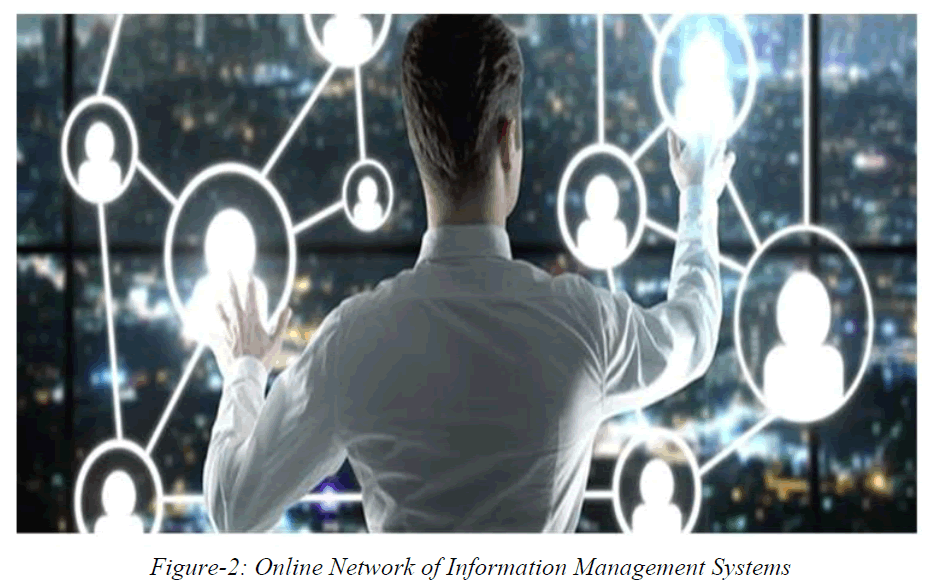
Figure-2: Online Network of Information Management Systems
Working away from the office requires accessing information through regular work tools like e-mail, telephones, internet social media, and linked information systems. Increased crisis breeds innovation, and companies have to adhere to the shift paradigm of choice in order to implement an interlinked system of the internet to equip an unprecedented number of their employees moving into remote-work situations. To ensure organizational security and adaptability, businesses must invest more in internet-based systems to manage remote and hybrid workforces of information (Castellacci, 2019).
Users
Information management in the post epidemic era review document gives an advantageous strategies to companies in manage employment information, customers information, ecommerce information, product information, enterprise market information and economy trend in the technological era (Frappaolo, 1998).
System theory as adopted in information management in the post-epidemic era
In the post-epidemic era, organizations must adopt system theory which was introduced Ludwig von Bertalanffy (1968) and improved by the reviewer 2022, which provides a range of assessment and enhancement for information management (Bertalanffy, 1968). The idea describes systems as a collection of interconnected systems or components that work together to achieve a common purpose. The idea requires frequent checks of the information management system in general which includes input, process, output, approaches of information, other systems, and external factors such as Epidemics and interfaces (Figure 3).
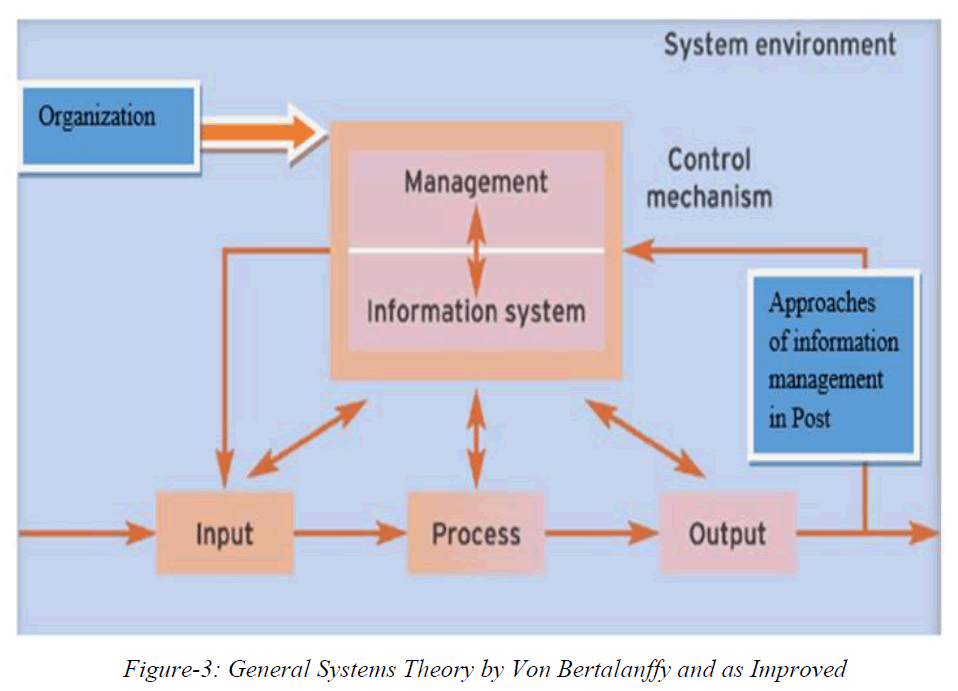
Figure-3: General Systems Theory by Von Bertalanffy and as Improved
Discussion
Information management approaches in the post epidemic era
Information is an important resource for any business or organization's growth. It is a key to organizing strategies and implementing processes. For businesses, improving efficiency and gaining a competitive advantage means increasing profits with information. An information management system is an integral part of a business’s internal operations. The system involves hardware or software development and helps the company control, store, create, collect, organize, and access information (Huang, et al., 1999). These systems include tools for managing customer relationships and financial systems to organize invoices and payments. In the post-epidemic era, companies need to adopt and create long-term strategic plans as follows (Figure 4):

Figure-4: Information with Remote Access in Hand
Manual Information management systems used previously need must be replaced. The changes need incorporate a variety of information remote access goals (IT Governance Institute) (2007). In the post-pandemic workplace, organizations' information technology departments must build mobile phone-connected systems and internet-based telephones (Code Project, 2014). Companies need to develop a budget for remote access from this point forward. IT departments do not have the option to fall back to the in-house IT systems used before the pandemic, but this is a regressive course of action. Companies and organizations need a dynamic and hybrid workplace environment, with workers spending some time in the office and some working remotely, is the new normal. To deliver a seamless and effective end-user experience, organizations must provide remote-first tools for all aspects of business life.
Automation of information management
According to Levine (2008), “Automation of Information Management as a shift in digitalization of information systems need to link many antiquated and manual systems and processes in single web, but this still have a long way to go in most of companies (Levine, 2008).COVID-19 as epidemic to push the organizations over the technological tipping point and irrevocably reshaped business. Simply converting a manual process to a digital process to bring values. Organizations should use techniques like Robotic Process Automation (RPA), Artificial Intelligence (AI), and Machine Learning (ML) to automate operations that are still manual-even in our new distant environment. Data rekeying across systems, manual management approvals, and the old-school method of routing documents and data through corporate processes are all instances of substantial inefficiencies in the modern digital environment that may be easily remedied (Figure 5).
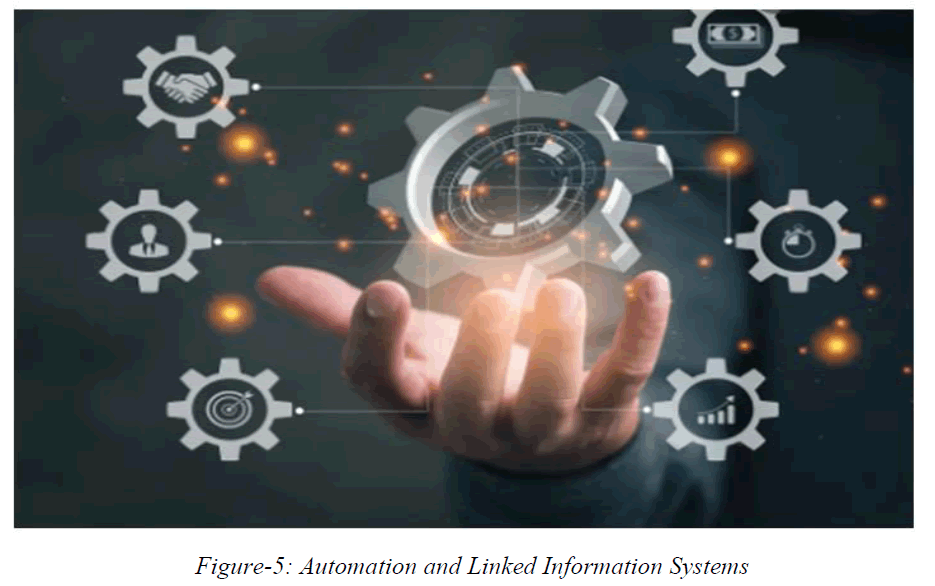
Figure-5: Automation and Linked Information Systems
Information in the balance: Security with usability
A key challenge faced by IT departments during the transition to remote working has been usability (Lahaie, 2013). In many cases, the legacy systems that staff used in the office could not offer remote access, so more modern, accessible solutions were rolled out as rapid replacements. Some of these newer tools provide staff with much more intuitive and userfriendly systems, but some of them do not deliver adequate levels of security and compliance. Should IT departments remove the more usable but less secure systems as we move back to the office? Absolutely not! These tools have revolutionized the end-user experience, so removing them now would be a massively retrograde step (Figure 6).
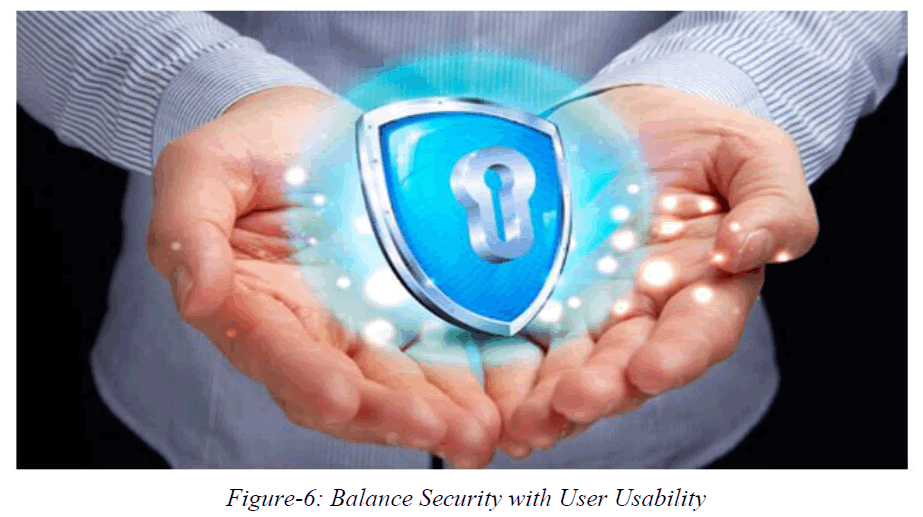
Figure-6: Balance Security with User Usability
However, when there is the potential for misuse and security issues, they will likely occur.
Organizations need to deliver systems that staff will adopt and use, but assume that those systems will be abused. In this instance, ignorance is not bliss nor an option. Organizations need to be able to identify security breaches and issues as effectively as possible. To do that, they need to implement tools and practices.
Usability has been a major issue for IT departments during the move to remote working (Lahaie, 2013). In many situations, outdated technologies utilized by office personnel could not provide remote access; therefore, more contemporary, accessible alternatives were pushed out as quick replacements. Some of these modern technologies offer far more intuitive and user-friendly solutions to employees, but others may not provide acceptable levels of security and compliance. IT teams provide security and more usable systems for organization. All technological tools have to be transformed to meet the end-user experience of users to eliminate major step backward (Stenmark, 2002).
System of information management audits and reviews
According to Levine (2008), organizations in IT departments are highly skilled at managing security. From firewalls to anti-virus tools, there are numerous ways to prevent malicious access and activities. However, few IT departments are as proactive when it comes to securing their information systems. In the days when all corporate information was stored within on-premises systems and accessed from the office, things were relatively simple. However, as discussed in the previous point, as the organization learns to balance usability with security, they need to take a more proactive stance on information governance and security (Figure 7).
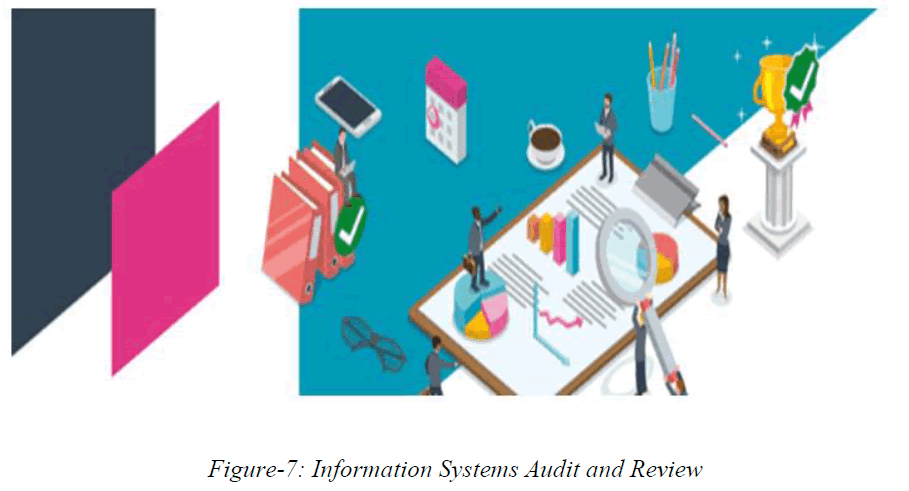
Figure-7: Information Systems Audit and Review
In the post-pandemic world, organizations need to consider a wide range of potential information threats. From staff saving local copies of sensitive documents to non-secure locations to the age-old risk of working from the incorrect version of a document, the risks multiply exponentially as security is relaxed to increase usability. However, the same RPA, ML, and AI automation tools described above can be utilized as proactive information security guards, constantly trawling through systems, documents, and audit trails to spot security issues the instant they occur and, in some cases, even predict issues ahead of time (Swanson, 1994).
Advancement of innovation in information management
The need to incorporate the latest artificial intelligence, automation, and other information technology breakthroughs should not overshadow one important fact: IT departments need to produce huge levels of invention and resourcefulness during the COVID-19 epidemic. The speeds of innovation need to adopt Cloud Computing, Monitoring Predicting, and Zero- Knowledge Proofs, although this should be considered as unavoidable given the advances made (Hilbert Martin). As we enter the next phase of the remote work revolution, true IT teams will look to maintain levels of innovation within their departments by using situational changes as a driver to deliver even more usability, efficiency, and digital transformation over the coming months and years in the post-epidemic era (Filipe Bela, et al., 2020)(Figure 8).
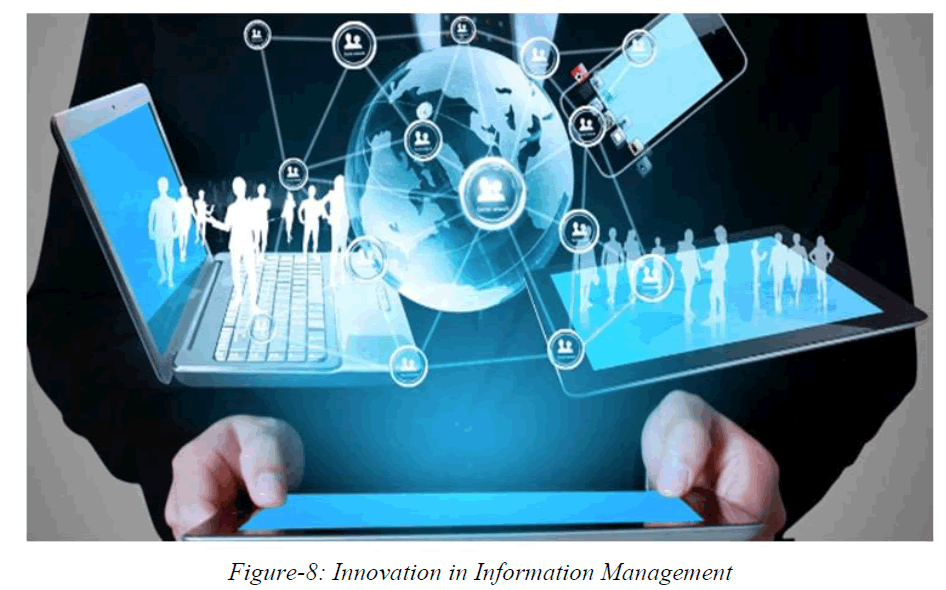
Figure-8: Innovation in Information Management
Conclusion
The speed at which numerous firms transitioned their office-based workforce to a remote-first workplace is evidence of the human race's flexibility. At the beginning of the pandemic, many organizations had to take short cuts in order to deliver remote operational systems at a fast pace. These short cuts are now exposing security and compliance issues that need to be addressed. On the plus side, though, the usability of remote working platforms and the adaptability of a better work-life balance have produced a workforce that is more empowered and engaged.
In the post-pandemic workplace, enterprises need to maintain the positives that have come from remote work with system theory in practical while countering the security and compliance challenges. Systems that empower employees to share and process information from the office and remotely must become the standard. By leveraging modern tools and systems, IT leaders can build the organization of the future that allows users to make informed, consequential decisions much faster and on a much wider scale than ever before, whether they are in the head office, their home office, or even on the beach.
References
- Alavi, Maryam, and Dorothy E. Leidner. "Knowledge management and knowledge management systems: Conceptual foundations and research issues." MIS quarterly (2001): 107-136.
- Nonaka, Ikujiro. "The knowledge-creating company Harvard business review November-December." Google Scholar (1991).
- Masthan, Kaja, K. Sharath Kumar, and V. Hari Prasad. "Virtual Remote Network Computing of User Appliances." Int J Comput Sci Mob Computing 2.8 (2013): 130-135.
- Bateson, G. "Mind and nature: A necessary unity. New York: EP Dutton. Bateson, MC (1994). Peripheral visions: Learning along the way." (1979).
- Castellacci, Fulvio, and Clara Vinas-Bardolet. "Internet use and job satisfaction." Comput Hum Behav (2019): 141-152.
- Frappaolo, Carl. "Defining knowledge management: four basic functions." Computerworld 32.8 (1998): 80.
- Bertalanffy, Ludwig von. General system theory: Foundations, development, applications. G. Braziller, 1968.
- Huang, K., Y. Lee, and R. Wang. "Quality Information and Knowledge, Prentice." Hall, Upper Saddle River: NJ (1999).
- Code Project. Android Security-Implementation of Self-Signed SSL Certificate for your App. (2014)
- Levine M.H. (2008), Performing an Audit of an Automated Mainframe Software Change Management System.
- Lahaie, Colby, and David Leberfinger. "TeamViewer Forensics." (2013): 3.
- Stenmark, Dick. "Information vs. knowledge: The role of intranets in knowledge management." Proceedings of the 35th Annual Hawaii International Conference on System Sciences. IEEE, 2002.
[Cross Ref] [Google Scholar] [PubMed]
- Swanson, E. Burton. "Information systems innovation among organizations." Manag Sci 40.9 (1994): 1069-1092.
- Hilbert Martin. "Technological information inequality as an incessantly moving target: The redistribution of information and communication capacities."
- IT Governance Institute. Control Objectives for Information and related Technology, v4.1 2007.
- Filipe Bela, Ana, Darnell Wilkinson, and Ellys Monahan. "Technology intensity and homeworking in the UK." (2020).
- Proceedings of the 35th Hawaii International Conference on Systems Science.
Author Info
Xuewen Gui1*, Evance Mulashani Bonephace2* and Pengqiang Liu32Department of Library, Mwalimu Julius K. Nyerere University of Agriculture and Technology, Musoma, Mara, Tanzania
3Department of Library, Jilin Railway Technology University, Jilin-132299, Jilin, China
Received: 04-Oct-2022, Manuscript No. IJLIS-22-68171; Editor assigned: 07-Oct-2022, Pre QC No. IJLIS-22-68171(PQ); Reviewed: 27-Oct-2022, QC No. IJLIS-22-68171; Revised: 03-Nov-2022, Manuscript No. IJLIS-22-68171(R); Published: 10-Nov-2022, DOI: 10.35248/2231-4911.22.12.838
Copyright: This is an open access article distributed under the terms of the Creative Commons Attribution License, which permits unrestricted use, distribution, and reproduction in any medium, provided the original work is properly cited.
Call for Papers
Authors can contribute papers on
What is Your ORCID
Register for the persistent digital identifier that distinguishes you from every other researcher.
Social Bookmarking
Know Your Citation Style
American Psychological Association (APA)
Modern Language Association (MLA)
American Anthropological Association (AAA)
Society for American Archaeology
American Antiquity Citation Style
American Medical Association (AMA)
American Political Science Association(APSA)



